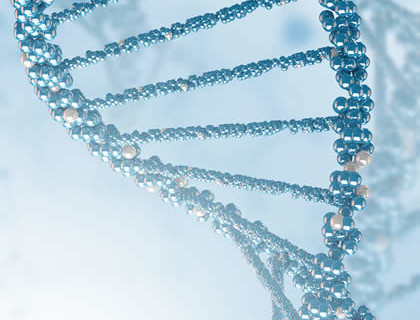
Genome Editing and Associated Technologies
We recently finished our Ask the Expert discussion on Choosing the Right Genome Editing Technology for your Application and Research This week we had many interesting questions and helpful suggestions on selecting genome editing technology including cell line impacts, multiplex genome engineering, CRISPR design, TAL design, comparison of various technologies for specific applications, and managing off target effects. In addition, feedback was provided on labeling genes of interest, target RNA sequences and negative controls.
Genome editing can now be achieved through the use of chimeric protein constructs that consist of a sequence-specific binding protein linked to a non-specific endonuclease that cleaves DNA a predictable distance from the binding site. The DNA-binding domains of transcription activator–like (TAL) effectors are known and programmable, and that knowledge can be used to create customized proteins that bind specifically to virtually any desired DNA sequence. Recently, clustered regulatory interspaced short palindromic repeats (CRISPRs), together with CRISPR-associated (Cas) endonucleases, have also been used for genomic editing. Like the chimeric TAL effector nucleases (TALENs), these RNA-guided endonuclease (RGEN) systems also have modular DNA recognition and cleavage functions—by engineering the DNA-recognition components, the endonuclease components of CRISPR/Cas systems can be targeted with high specificity to cut any genomic sequence desired.
During this Ask the Experts session, we discussed selecting the best genome editing technology for specific needs and how to troubleshoot various challenges.
This Ask the Expert session was sponsored by Life Technologies and hosted by Namritha Ravinder, Ph.D, Staff Scientist, Synthetic Biology Division, Thermo Fisher Scientific. Namritha is the R&D lead for genome editing product development within the Synthetic Biology group. Her team focuses on building tools and products for Genome and Cell Engineering applications. Prior to this role, she was part of the Synthetic Biology Custom services team and was involved in designing customized workflows that included a variety of Life Technologies platforms including cDNA library generation, Cloning, Next Generation Sequencing, RNAi and TaqMan qPCR. She has a Masters degree in Biochemistry from India and a Doctoral degree in Plant Molecular Biology and Biotechnology from University of Alabama. She did her Postdoctoral research at Children’s Hospital in Los Angeles where she was involved in studying the Mechanism of “Enhancement of virus release” by HIV accessory proteins Vpu and Env as well as identifying their respective host cellular restriction factors.
Below is a sneak peek of the discussion. For a full transcript of the discussion, please see – Ask the Expert – Choosing the Right Genome Editing Technology for your Application and Research
Question:
What’s the advantage of knock out by TAL or CRISPR compared to vector-based stable shRNA?
The Answer:
TAL and CRISPR edits the genome and hence more efficient. In case of stable shrNA the expressed shRNA works at the level of transcripts hence the effect of knock down in gene expression depends on the level of expression of shRNa the activity of the promoter at the locus where the shRNa is stably integrated as well as the ratio of shRNa to mRNa transcripts.
Question:
Are TAL-meditated KO or KI strains considered to be GMO?
The Answer:
KO and KI involves editing the native genetic code by either mutating or deleting a encoded message or inserting a new piece of information at a desired site. Although this does manipulate the native genetic information, this technology when used in a responsible manner has very useful applications like engineering yeasts for insulin production or engineering cells for more economically and clinically valuable products.
Question:
I am trying to cleave 2 targets for multiplex genome engineering, which method would you recommend I use.
The Answer:
Use 2 gRNA simultaneously co-transfected with Cas9. If using a robust work horse cell line like 293 you could directly use the U6 synthetic DNA fragment. For more difficult to transfect cell lines we recommend using complete RNA format (Cas9 mRNA+ in vitro transcribed gRNA synthesized from T7 promoter containing DNA template).